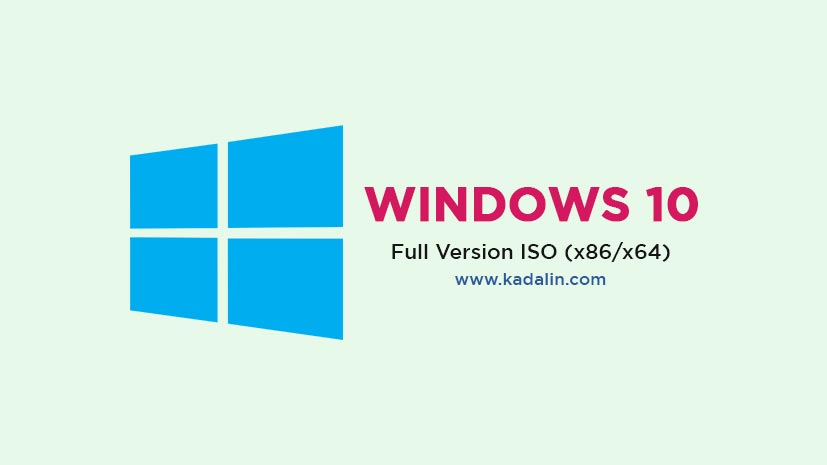
32-bit operating system, x86-based processor: Your CPU supports 32-bit and you have installed the 32-bit version of Windows. 32-bit operating system, 圆4-based processor: Your CPU supports 64-bit, but you have installed the 32-bit version of Windows. 64-bit operating system, 圆4-based processor: Your CPU supports 64-bit and you have already installed the 64-bit version of Windows 10. Then, you will see one of the following system types: Here we only provide the easiest way for you to check your system type: You can only install the Windows 64-bit on compatible hardware, that is to say, you have to make sure if your computer has a 64-bit processor. Make Sure 64-Bit is Compatible with Your Processor Follow the three steps below to change Windows from 32 bit to 64 bit without losing data! 1. However, during the period of changing to 64 bit, most people complain that their files got lost. Other applications like Google Chrome will be able to handle more open tabs, and you will be able to run more memory-intensive applications, such as AutoCAD, Photoshop, and video editing programs, etc. If you upgrade your computer to 64 bit, you'll be able to run more applications simultaneously.

Especially when these days PCs usually have 8GB or more. The reason is that the 32-bit version is limited to 4GB of RAM, which is a small amount. But you can switch to the 64-bit version. Microsoft gives you the 32-bit version of Windows 10 if you upgrade from the 32-bit version of Windows 7 or 8.1. Full stepsĬreate the Windows installation media. Full stepsĭownload EaseUS Todo Backup and follow the steps to back up. Open the "Start menu", Search for "System Information". But the fact you "installed" FTDI drivers for it I start to think it's NOT a CH340 but just a Chinese/counterfeit FTDI which will install with the latest FTDI drivers but just will not work. It just un-links them Sometimes Windows gives you the extra option to do so but if it thinks it's still in use it doesn't.īut if you have the CH340 driver installed, then plug in the CH340 and Windows will just link the driver for you.

How did you do that? Just removing the device doesn't delete the driver. One thing I don't fully understand about the 340 driver is when I run the executable it says the drivers were previously installed even after I removed them If you have a CH340 you should not try to point to the FTDI drivers or vice versa but Windows should tell you that. And the FTDI drivers have nothing to do with the CH340.

Being linked to a device is another story. There is no such thing as going back to them. So if you don't trust them, don't use the CH340Īnd then tried to go back to the CH341SER drivers


 0 kommentar(er)
0 kommentar(er)
